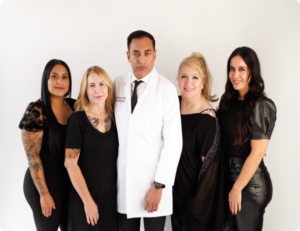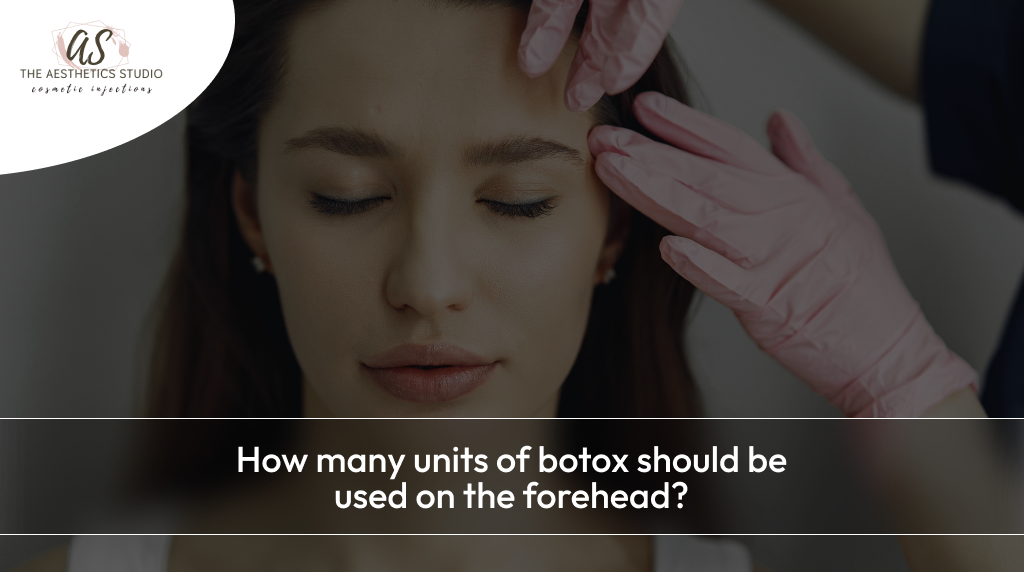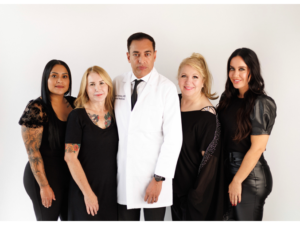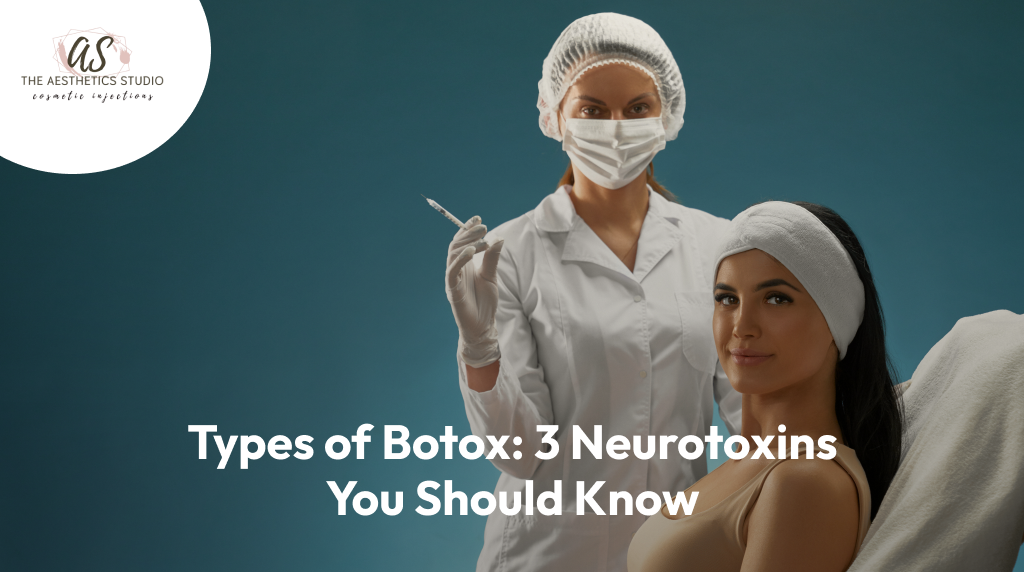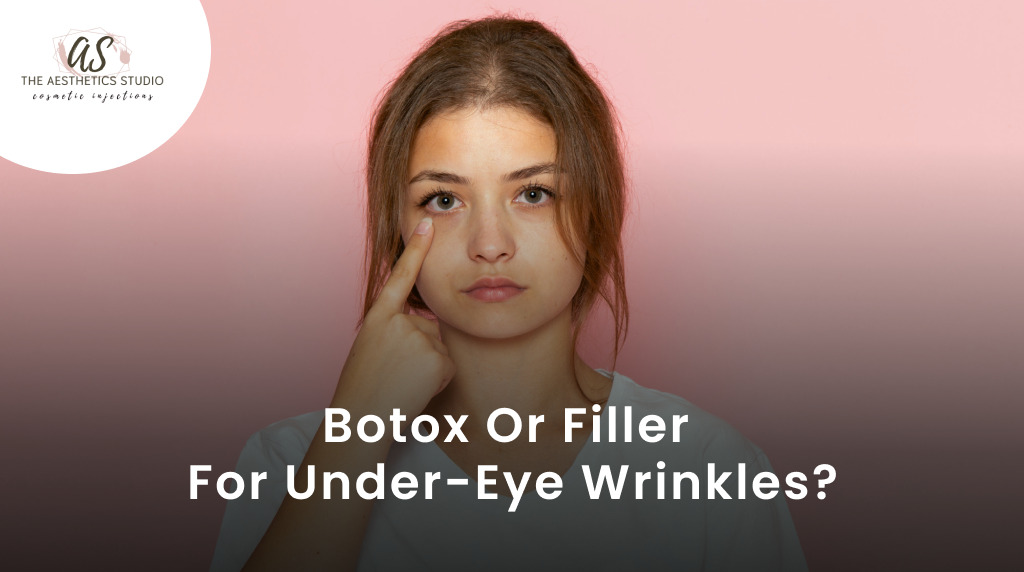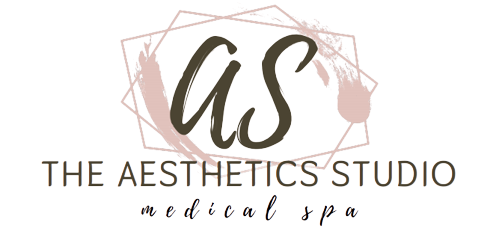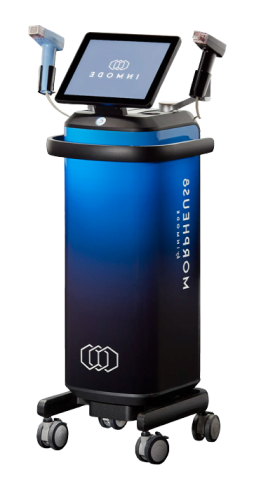Why There’s a Limit on Botox Unit Use
When thinking about Botox injections for the forehead, it is important to understand how many units are allowed. This restriction has several reasons. Firstly, excessive use of Botox units can create an unnatural, frozen look, contrary to the intended subtle and youthful effect. Moreover, overuse might escalate the chances of adverse reactions as well as complications, necessitating a gentle approach. Getting the right balance is key to achieving optimal results with minimal unfavorable outcomes.
Besides that, considering the uniqueness of facial anatomy and responses to treatment, medical practitioners usually use a conservative method when administering Botox units. Such an approach not only reduces the likelihood of appearing artificial but also allows for modifications during subsequent visits depending on individual reactions and choices. Generally, it is estimated that 10–30 units fall within the average range for a typical Botox forehead treatment, although it may vary based on individual considerations.
Read also: 7 tips for a successful neurotoxin treatment session
What Determines the Exact Amount of Botox Units Used
The amount of Botox units to be used on the forehead is dependent on several things, and a good grasp of these aspects helps both you and your healthcare provider determine the right dosage that suits your needs.
Stronger facial muscles
Botox is affected by the strength of facial muscles, which in turn determines how long it lasts as well as how many units will be required. People who have strong muscles may metabolize Botox more quickly, requiring repeated treatments to maintain results. This notion highlights the ever-changing dynamics of facial physiology and the necessity for targeted strategies that address different muscle strengths effectively.
Additionally, a step-wise increase in Botox units over multiple appointments may be used by physicians treating patients with large facial muscles. This allows clinicians to watch closely how their patients react to this treatment and come up with a very personalized treatment plan for optimum results that can last longer.
| Dreaming of a wrinkle-free complexion? Book an appointment with us now! |
Facial Expression Frequency
The frequency of facial expression is an important aspect in determining the units of Botox to inject on the forehead. In addition to influencing dosage, understanding facial habits helps in counseling patients about the maintenance of results. Through these expressive habits, individuals can learn how to remind themselves consciously about their movements as a way of maximizing the effectiveness of Botox, hence emphasizing a holistic approach toward facial beauty.
Additionally, facial expression frequency measurements allow medical practitioners to customize Botox injections for specific muscle groups, thereby ensuring a comprehensive and nuanced approach. This personalized tactic ensures that treatment is optimized and individual patterns of muscle movement are addressed towards a more subtle result.
The severity of the lines
Botox units should take into account the severity of forehead lines. For people with deeper lines, health care providers can recommend a combination of Botox and complementary treatments like dermal fillers to give them a comprehensive outcome. This multi-faceted approach addresses different aspects of aging, hence providing a more all-rounded solution for patients with various degrees of skin aging.
Further, technological advancements in imaging have allowed for detailed analysis of line depth and distribution, which assists healthcare providers in pinpointing accurate Botox placement. By doing so, this technology-driven accuracy ensures that the therapy matches every person’s individual skin traits, hence improving the overall effectiveness of the procedure.
Read also: Neurotoxin Treatment Myths vs Facts
Additionally, technological improvements, including micro-dosing techniques, have enhanced the accuracy of Botox treatment. This method allows for delivery to specific sites without affecting neighboring muscles to a great extent, resulting in a more natural and delicate-looking effect.
One important thing to note is that the number of Botox units for the forehead can only be accurately determined by a qualified healthcare provider. Their appraisal of your particular circumstances, taking into account those issues mentioned above, will enable them to make a tailored recommendation for an effective dose that will help you achieve your desired result.
Conclusion
The optimal number of Botox units for the forehead hinges on individual factors such as facial muscle strength, expression frequency, and line severity. Striking a delicate balance between achieving desired results and maintaining a natural appearance is crucial. To embark on this journey, it is advisable to consult with a qualified healthcare provider who can assess your unique situation and recommend a personalized Botox dosage for a refreshed and rejuvenated forehead. For expert guidance and tailored solutions, consider reaching out to The Aesthetics Studio. Our experienced professionals specialize in enhancing facial aesthetics naturally. Book your appointment today to discuss your specific needs and contact us for a consultation aligned with your individual goals, ensuring a personalized and comfortable experience throughout your aesthetic journey.
Frequently Asked Questions:
Q1. Is it possible to use too many units of Botox on the forehead?
Yes, using excessive units of Botox on the forehead can lead to an unnatural and frozen appearance. It is important to find the right balance and determine the optimal dosage with the guidance of a healthcare professional.
Q2. How long does Botox on the forehead last?
The effects of Botox on the forehead typically last around 3–4 months. However, this can vary from person to person and may depend on individual factors such as metabolism and lifestyle.
Q3. Are there any side effects of Botox on the forehead?
While Botox is generally considered safe, there are potential side effects that can occur. These may include temporary redness, swelling, or bruising at the injection site. It is essential to discuss any concerns with a healthcare provider before undergoing treatment.
Q4. Can Botox on the forehead completely eliminate wrinkles?
Botox can significantly reduce the appearance of wrinkles on the forehead. However, complete elimination may not be achievable in all cases, especially if the wrinkles are deep or have been present for a long time. It is best to have realistic expectations and discuss potential outcomes with your healthcare provider.


